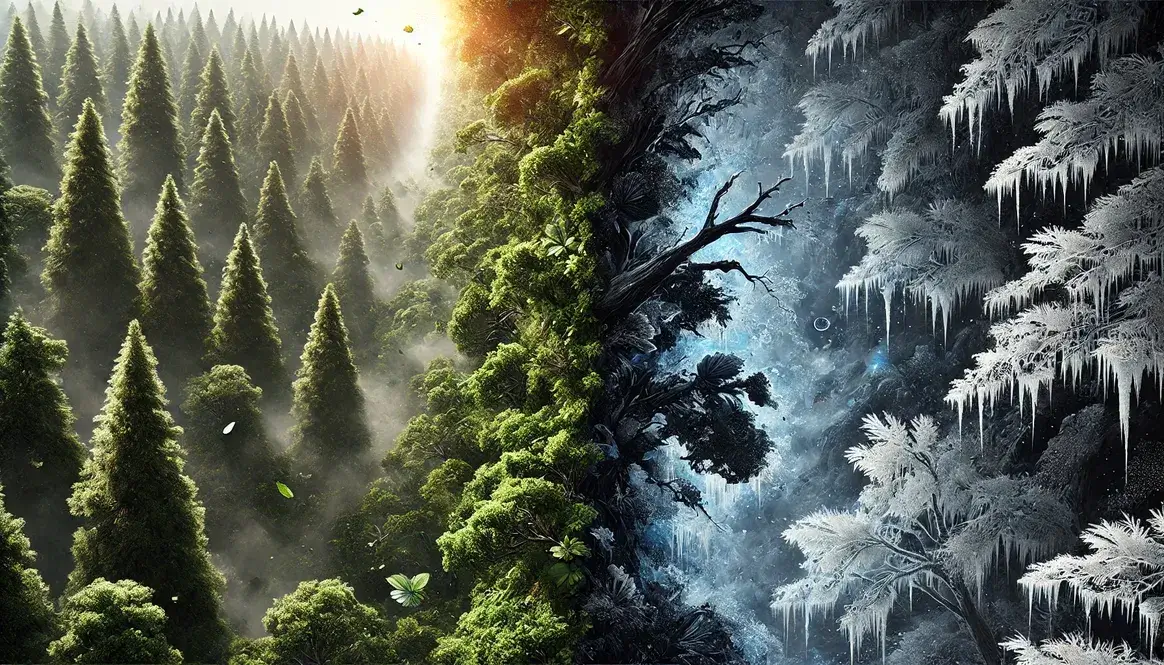
Atmoblast is a term used to describe a powerful explosion of hot gases and debris that occurs when a large meteorite hits Earth’s atmosphere at high speed. This explosive event can cause widespread damage even if the meteorite doesn’t reach the ground.
at·mo·blast
/AT-moh-blast/
noun
When a large space rock enters Earth’s atmosphere, it creates a lot of friction and heat. If the rock is big enough and moving fast enough, it can cause the air around it to heat up so quickly that it explodes. This explosion is called an atmoblast. It’s like a giant firework going off in the sky!
Atmoblasts are important to paleontologists (scientists who study prehistoric life) because they help explain how some extinction events might have happened. For example, some scientists think that atmoblasts might have played a role in the extinction of the dinosaurs.
Think of a water balloon hitting a sidewalk. When it bursts, water sprays everywhere. An atmoblast is similar, but instead of water, it’s spreading hot gases and debris across a wide area.
Did you know that an atmoblast can be more destructive than if the meteorite had actually hit the ground? In 1908, a mysterious explosion flattened a huge area of forest in Siberia. Scientists now think this was caused by an atmoblast from a meteorite that exploded about 5 miles above the Earth’s surface!
How is an atmoblast different from a regular meteor? A regular meteor, often called a “shooting star”, is usually small and burns up completely in the atmosphere. An atmoblast, on the other hand, is caused by a much larger object that releases a huge amount of energy as it breaks apart in the atmosphere.
Can atmoblasts happen today? Yes, atmoblasts can still happen today. In fact, in 2013, a large meteor exploded over Chelyabinsk, Russia, creating an atmoblast that broke windows and injured over 1,000 people. Luckily, events this big are very rare.
How do scientists study ancient atmoblasts? Scientists look for clues in rock layers. An atmoblast can leave behind a layer of unusual materials like tiny glass beads or minerals that form under high heat and pressure. By studying these layers, scientists can learn about atmoblasts that happened millions of years ago.